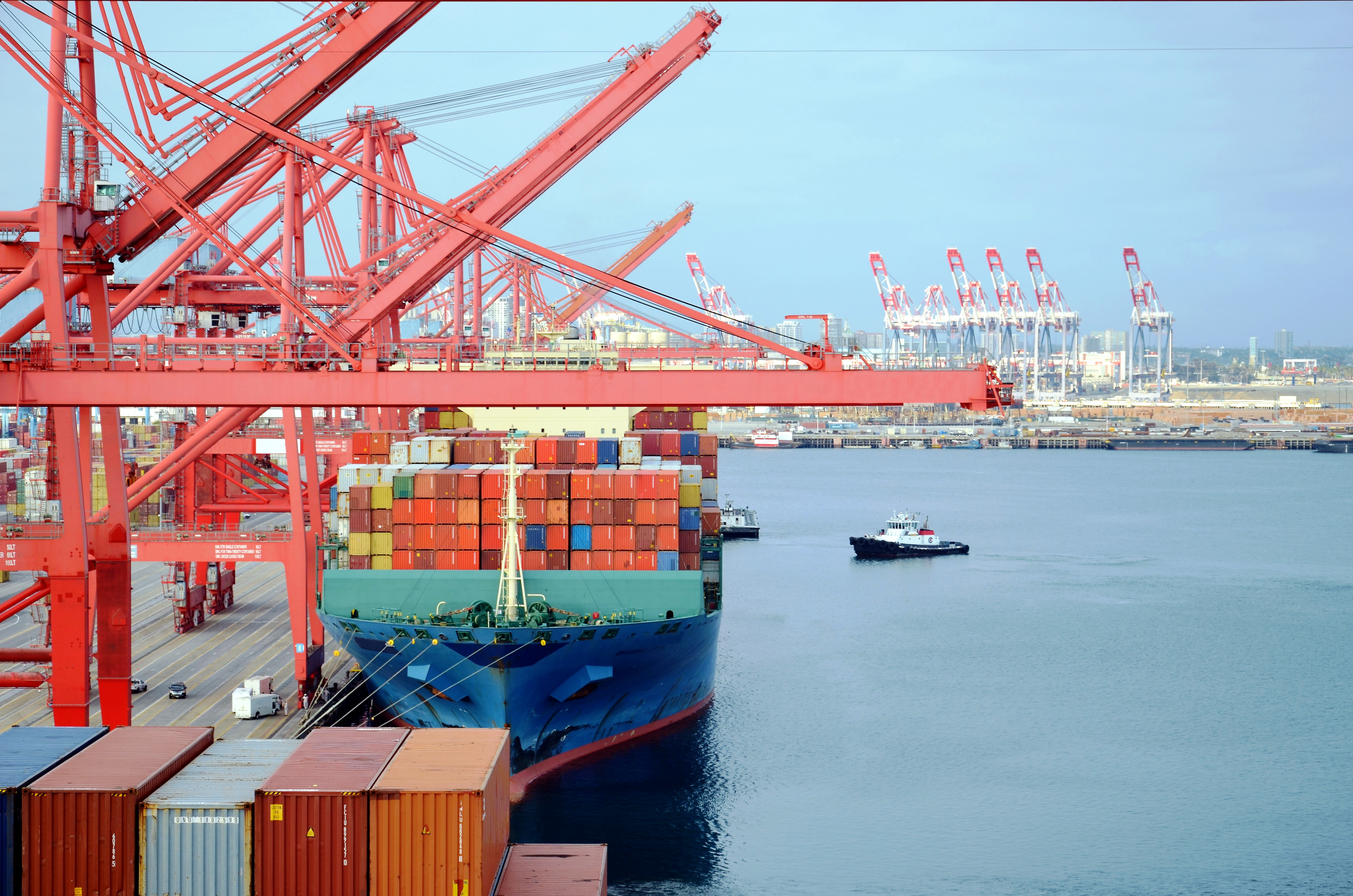STAND-LA is opposed to oil extraction in the Los Angeles Basin. The group’s claims on emissions, government regulation, transparency, and setbacks conflict with well-established facts and science:
1. CLAIM: “Extraction sites emit known carcinogens and endocrine disruptors. No one should be exposed to these toxins in their homes, schools or places of work – but that’s exactly what is happening in neighborhoods across Los Angeles.” – STAND-LA “Health and Safety”
DRILLING DOWN, the facts show: Oil and gas operations make up a tiny proportion of emissions in Los Angeles. According to the California Council on Science and Technology (CCST) peer-reviewed study on the impacts oil and gas operations, “In the South Coast air district (including all of Orange County, the non-desert regions of Los Angeles and Los Angeles County, San Bernardino County, and Riverside County), upstream oil and gas sources represent small proportions (<1%) of criteria air pollutant and toxic air contaminant emissions.”
Several studies conducted by the Department of Public Health and the Los Angeles County Oil and Gas Strike Team have found that the overall health of residents who live near oil and gas operations is similar to the overall health of residents throughout Los Angeles County.
A November 2017 Los Angeles County Public Health Department report concluded that “studies have found limited/inconclusive evidence of certain adverse health effects from living near oil and gas.” A 2018 Los Angeles County Public Health Department report recognized that 129 oil and gas wells existed in the Inglewood area, but the neighborhood still scored in the 74th percentile in the California Healthy Places Index, just one percentile short of the lowest pollution burden category. These studies confirm the findings of a comprehensive 2011 Los Angeles County Department of Public Health community health assessment that found “no statistically significant difference” in overall health of the local community near the Inglewood oil field compared to Los Angeles County as a whole.
Furthermore, the Los Angeles County Oil and Gas Strike Team conducted an audit and inspection of 557 wells within 16 oil and gas facilities in Los Angeles County throughout 2017 and noted that health risks were considered low.
2. CLAIM: “Despite the extent of oil operations within its borders, the City of Los Angeles has no specific agency charged with overseeing the oil industry.” – STAND-LA “Health and Safety”
DRILLING DOWN, the facts show: Government agencies at every level – from local and regional to state and federal – regulate every step of the oil production process. In sum, at least 26 different government agencies have oversight over oil production in Los Angeles, which operates under the strictest safety and environmental standards in the world. The protection of public health is foremost among these agencies’ priorities.
3. CLAIM: “Many stages of oil and natural gas development use chemicals [that are] toxic and may seriously harm human health and the environment.” – STAND-LA Coalition Member PSR-LA “Health Effects of Chemicals Used in Fracking”
DRILLING DOWN, the facts show: The chemicals used in oil and gas activities are common in many applications in our daily lives – used in everything from swimming pools, candy, toothpaste, and ice cream, to household cleaners.
Everything around us is composed of chemicals, and many chemical compounds are “toxic” or not depending on their concentrations. For example, hydrochloric acid (HCI), is so potentially dangerous that rubber gloves are required when working with it, but millions of children swim in pools containing small amounts of hydrochloric acid every day. Along these lines, it is important to note that water and sand can make up more than 99.5 percent of the fluid used to hydraulically fracture a well.
Bottom line, many of these chemicals are powerful but not dangerous if used properly. That’s why the oil and gas industry participates in regular reporting to and inspection by the 26 federal, state and local government agencies that regulate production.
4. STAND-LA: “We call on the City of Los Angeles to enact a 2,500-foot human health and safety buffer to protect residents living in close proximity to oil and gas extraction facilities.” – STAND-LA “What Doctors Say”
DRILLING DOWN, the facts show: Several studies conducted by the Department of Public Health and the Los Angeles County Oil and Gas Strike Team have found that the overall health of residents who live near oil and gas operations is similar to the overall health of residents throughout Los Angeles County.
In addition, any setback requirement on oil and gas operations would have enormous local economic impacts. A 2,500-foot setback requirement would shut down 100% of wells in the City of Los Angeles, resulting in 2,050 jobs lost and $41 million in lost taxes. Applying such a setback to all of Los Angeles County would reduce production by 89%, resulting in 6,600 jobs lost and $153 million in lost taxes.
Furthermore, it is important to note that oil production has responsibly occurred in Los Angeles County for more than 100 years. Oil production and related industries employ 6,200 people in Los Angeles County. The industry continues to play an instrumental role in sustaining the region’s middle class, and over a five-year period generates $3.1 billion in total economic output for the local economy, including more than $275 million in state and local taxes that fund key public services like education and public health and safety.

